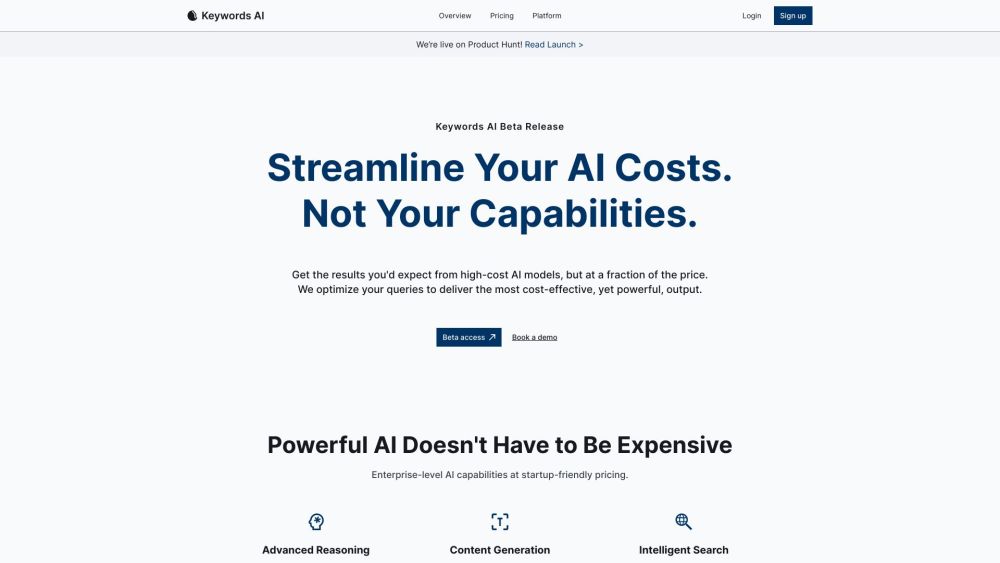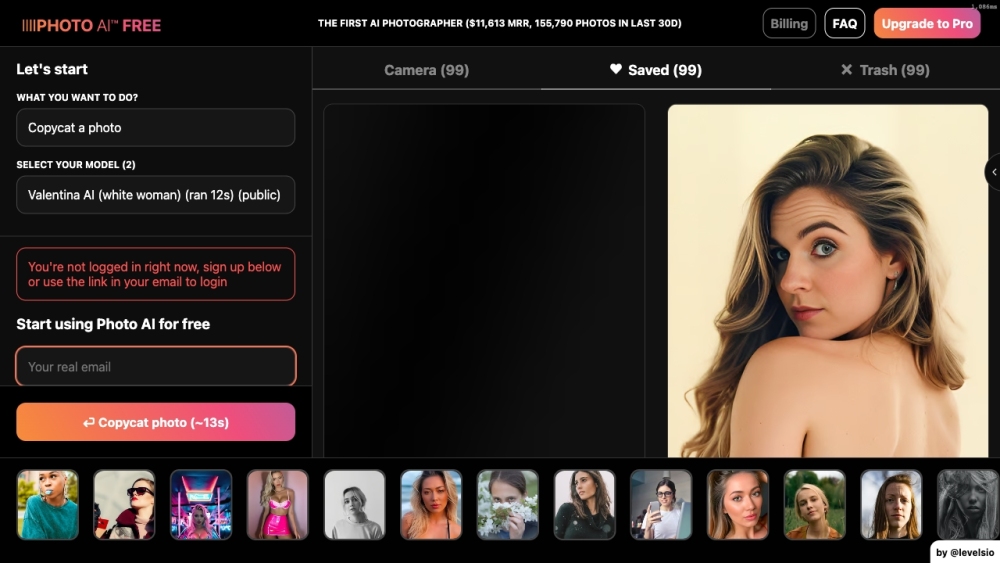Tesla recently released a captivating video showcasing the impressive performance of its second-generation Optimus humanoid robot in executing precise tasks. In the video, Optimus successfully inserts battery cells into a tray with remarkable accuracy, highlighting Tesla's leadership in artificial intelligence and automation technology.
According to Tesla, achieving this level of precision involved training and deploying an end-to-end neural network. This network utilizes video data collected from the robot’s 2D cameras and onboard sensors to directly generate joint control sequences. This technology allows Optimus to autonomously perform complex and accurate tasks without human intervention.
Currently, Tesla has deployed several Optimus robots in real factory settings, where they undergo daily testing at various workstations. These robots continually learn and adapt to different working environments and task requirements. Additionally, the new Optimus model has demonstrated the ability to walk steadily for extended periods in office settings, with efforts underway to enhance their speed and stability.
Tesla CEO Elon Musk mentioned during the first-quarter earnings call that he expects Optimus to be capable of performing "useful" factory tasks by the end of the year. The company plans to utilize the robot in its own factories before the year's end, with potential plans to sell them to external markets by the end of 2025.
The development of the Optimus robot signifies Tesla's ongoing innovation in automation and artificial intelligence. By integrating advanced technologies into humanoid robotics, Tesla aims to achieve greater advancements in industrial automation and smart manufacturing. As Optimus continues to learn and evolve, we eagerly anticipate witnessing more impressive applications.




